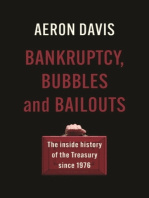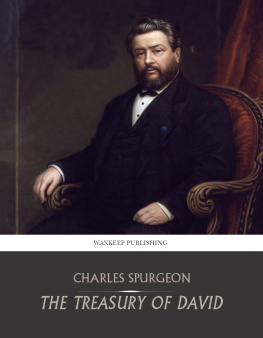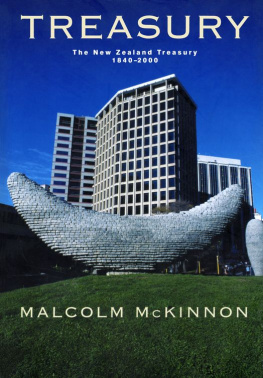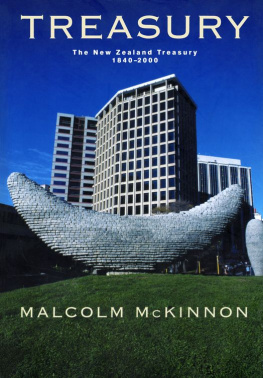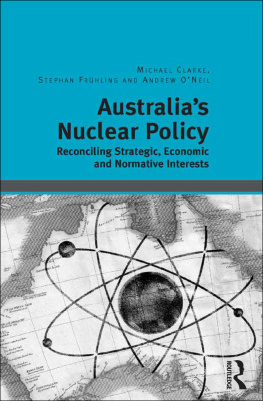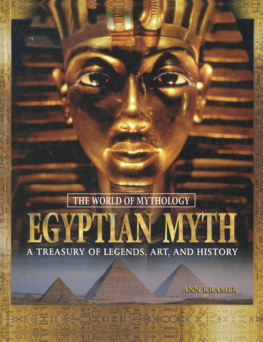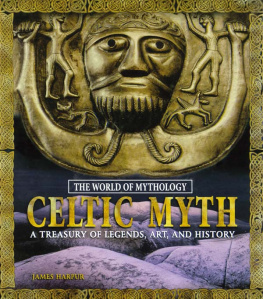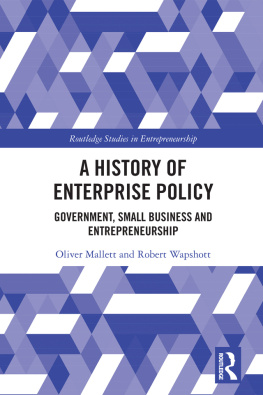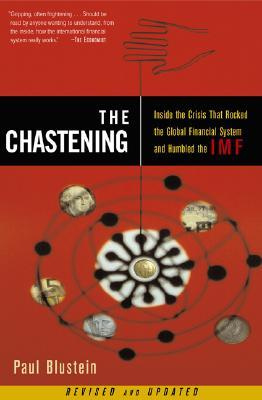CHANGING FORTUNES
CHANGING
FORTUNES
A HISTORY OF THE
AUSTRALIAN TREASURY
PAUL TILLEY

MELBOURNE UNIVERSITY PRESS
An imprint of Melbourne University Publishing Limited
Level 1, 715 Swanston Street, Carlton, Victoria 3053, Australia
www.mup.com.au

First published 2019
Text Paul Tilley, 2019
Images various contributors, various dates
Design and typography Melbourne University Publishing Limited, 2019
This book is copyright. Apart from any use permitted under the Copyright Act 1968 and subsequent amendments, no part may be reproduced, stored in a retrieval system or transmitted by any means or process whatsoever without the prior written permission of the publishers.
Every attempt has been made to locate the copyright holders for material quoted in this book. Any person or organisation that may have been overlooked or misattributed may contact the publisher.
Photographs on pp. 17, 41, 87 Paul Tilley
Lyrics to The Paul Keating Rap (p. 214) and The Good Ship Treasury (pp. 2201) reproduced from memory with apologies to Geoff Lee and Paul Keating.
Cover design by Design by Committee
Typeset by Cannon Typesetting
Printed in Australia by McPhersons Printing Group

9780522873887 (paperback)
9780522873894 (ebook)
To my familyJenny, Anna, David and Edwardfor a great life.
To Treasuryfor a great career.
CONTENTS
Appendices
FOREWORD
I F HISTORIES ARE explorations of why people act as they do, or perhaps even become what they have become, it matters who writes them and what they choose to write about.
Most modern histories of governments and political economy are written by politicians or the journalists who interpret them through the prism of political theatre. Valuable as this is, it leaves considerable gaps in the stories of government and public policymaking. The perspectives of the political leaders are obviously and properly the main game, but there is much that they either dont know or dont care to tell, perhaps for fear of diminishing their claims to fame.
The gaps are far more pronounced for the civilian than the military arms of government. The military ranks have often written their own stories, with their actions on the fields of battle at least sharing centrestage with the political leaders whose decisions prompted them. For the civil arms of government, as far as the storytelling goes, backstage is their lot, regardless of the role they actually played: and this despite public servants outnumbering politicians a thousand to one.
This book by a former leading Treasury official is a refreshing exception. It offers a timely look at Australian political and economic history through a different lenscentred on one of the leading departments of the Australian Commonwealth as it has sought to play its part in building a more capable Australian Government from the most humble of beginnings.
The history of Treasury is one of unstable roles and relationships within the broader structure of government. It has not been easy to see whether, when or how the Treasury story leads, follows or completely misses the wider stories unfolding around it. Or perhaps more importantly, to see what part Treasury might play in the years to come.
Telling the Treasury story now at least provides us with part of the missing historical foundation for exploring and understanding how we got here, and where we might go.

In 1901, when Australia became one indissoluble federal Commonwealth, it was so small, isolated and dependent that it was barely a new nation at all. It could be better described as an almost defenceless British Empire outpost spread thinly across an inhospitable land mass accessible only by a long, slow sea journey. Feeling their vulnerability, fewer than four million people in six former colonies joined together as much to be better heard in London as to take charge of their own destiny.
Limited in scale and capacity though it was, Australia had at least one key early advantageit could, and did, replicate the governance institutions of Britain and America that had been built and tested over a much longer history. Even so, Australia had to learn how to use and modify these institutions for its own circumstances. Nothing stood still, and the nature, role and scale of the Australian Government considerably transformed over the following century.
Yet from this small beginning, Australia became a high-income, democratic, sophisticated and (at least potentially) middle-power nation. Almost everything took unanticipated paths as the years passeda welfare state was established along with greatly increased taxes, the states gave ground to an increasingly dominant centre, tariff protection was replaced by open markets, White Australia was slowly replaced by large-scale multicultural immigration, and trade shifted from the old world to Asia. These and many, many other changes took place amid the rolling shocks of wars, fragile peace, booms and busts.
Frequently berated for their complacency, Australians nonetheless managed to make many transformational investments across the full spectrum of social, economic, environmental, political, security and cultural affairs. And they rode their luck.
The Australian Government had to frequently adapt, sometimes to lead, sometimes to follow, this unfolding history. Economic developments and the changing role of the national economic agencies were always key parts of that history. While political leadership played the main roles, public and many other entities and institutions also played key supporting parts. The changes were fast, complicated and unexpected and it was no small challenge to prepare for the risks and threats and take the new opportunities that presented, all while meeting the growing aspirations of the Australian people.
As one of the Australian Governments central public service departments and key economic policy agencies, the Treasury story is a case study of the broader history of change in Australiaof the great transformations of the economy and society, and of the role and conduct of government.
Like much of Australian history, the Treasury story often does not seem to reflect any clear or consistent plan. Somehow, it all begins in the mainly British institutions and conventions of government, but what then happens often appears to be the result of unexpected shocks or little-understood forces. Let us track these a little further.

In the face of endless threats and uncertainties, and the extraordinary complexity of modern times, success in government is never guaranteed. Leaders maximise their chances only if they consistently bring wisdom to bear. Wisdom is the ability to see the patterns, results and the implications of things, but where does this ability come from, and how do we ensure that it informs decision-making?
Some look in hope for leaders who have innate wisdom, and perhaps expect that democracies are the reliable way to find and elevate them. But another approach has been to develop support mechanisms for leadership. The twin objectives of these mechanisms are to increase the likelihood that the public or the national interest rises above sectional interests, and that expertise plays a greater role in decision-making.
Next page

